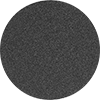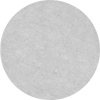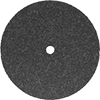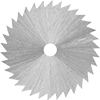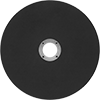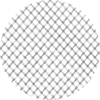Filter by
For Use On
Shape
Color
Thickness
Performance
Maximum Temperature
Hardness
For Use With
DFARS Specialty Metals
Minimum Temperature
Width
Flexibility
Body Material
Most Likely Products
All Results
Raw Materials
Fastening and Joining
Building and Machinery Hardware
Communication
Fabricating and Machining
Safety Equipment
Facility and Grounds Maintenance
Sealing
Power Transmission
Fluid Handling
Lighting
Measuring and Inspecting
Material Handling
Containers, Storage, and Furniture



















































